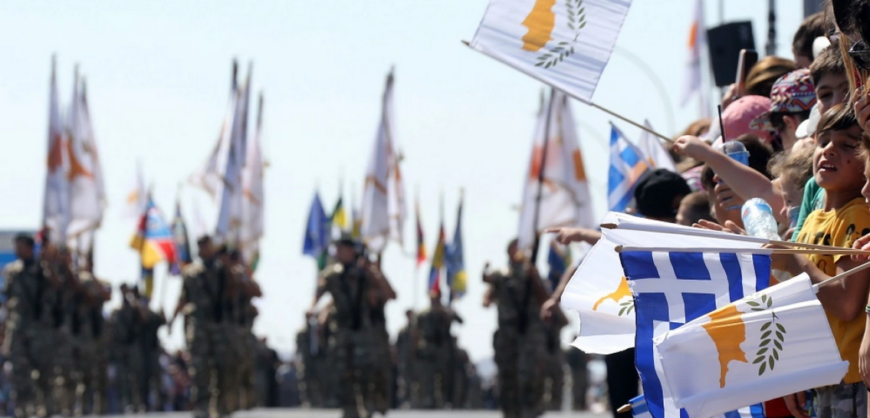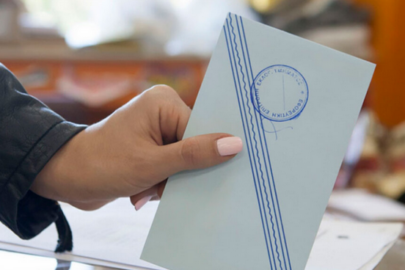The Russian strikes that hit civilian targets across Ukraine this week immediately brought new pledges by Kyiv’s allies to send in more weapons and ammunition. The United States promised more air defense missile systems, and Germany said it would send similar defenses “in the next few days.” The NATO chief declared that support to Ukraine’s fight against Russia would continue “for as long as it takes.”
But for all of the assurances, there remains a problem. Kyiv also needs more of the Russian-style weapons that the Ukrainian military is trained to use, and the available global supply of them is running low.
To find those weapons, the United States and other allies have been scouring the globe, looking for willing suppliers in a hunt that has revealed both the promise and pitfalls of unlocking stockpiles of Russian-standard and Soviet-style weapons for use by Ukraine.
There have been some successes. Finland, which has long balanced the sensitivities of its Russian neighbor, is sending Ukraine some Soviet-style weapons, including ammunition and guns compatible with the AK-47 assault rifle. South Korea is supplying ballistic vests, helmets, medical equipment and other defense assistance.
Others like Cambodia, the Democratic Republic of Congo, Rwanda, Mexico, Colombia and Peru have received a recent visit from Secretary of State Antony Blinken in a painstaking, behind-the-scenes diplomatic campaign to countries that have demonstrated support for Ukraine but are still reluctant to supply lethal aid.
And then there is Cyprus. It has presented a special window on the difficulties of keeping up with the urgent demand for arms that Ukraine’s troops are burning through faster than can be supplied as they claw back large swaths of territory and push the Russians to retreat.
Read more: NY Times





































